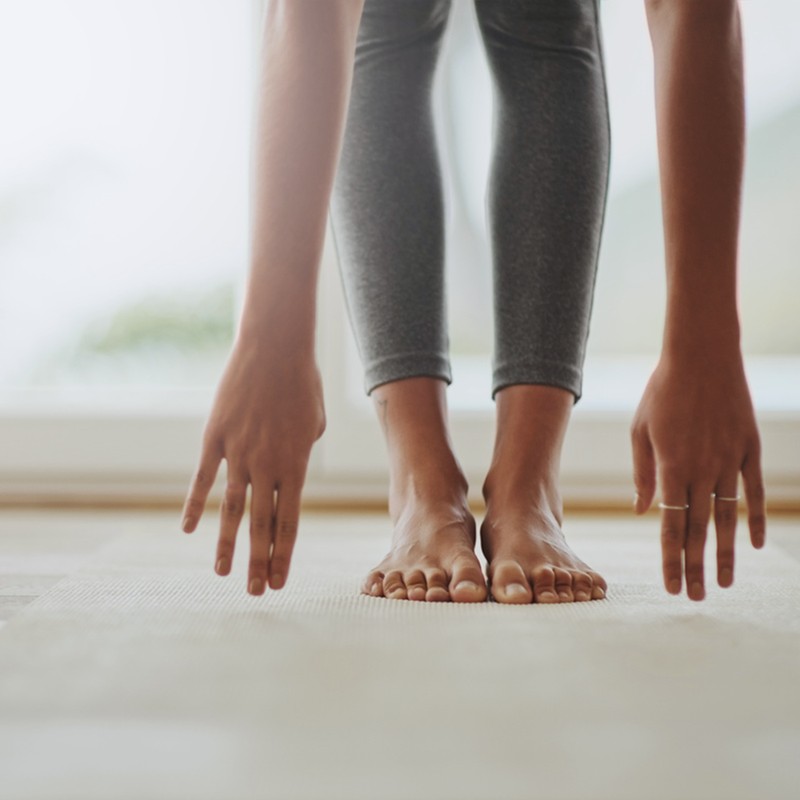
How To Start Your Day With Stretching
It’ll Reset Your Body After Sleep
After a night of sleep, the body craves movement. But that needn’t be a 10k or high-intensity HIIT session, says yoga instructor and founder of Kin Yoga Mats Laura Pearce. “The benefits of stretching aren’t just for flexibility. Stretching, especially when done in the morning, can help increase your range of motion, which essentially means you have better suspension, helping your body to feel better and reducing your risk of injury. It can also keep muscles healthy by increasing blood flow and in its slow, steady nature, is a stress-busting thing to do.” When you wake in the morning, chances are you may feel a little stiff, particularly if you spend all day sat at a desk. Hip flexors and the lower back are the parts of the body which are most compromised while sitting, and if you move little during the day, chances are your lower back will feel stiff in the morning, says Rachele Gilman, director at Stretch Inc. “Factors that impact stiffness include dehydration, lack of sleep, lack of movement during the day and overworking the muscles, as well as a body that is poorly supported during the night – think your pillow and mattress. But once you start moving, this pain should ease.”
If You Sleep On Your Stomach, It’s Really Important
While experts agree that stiffness upon waking is more down to the quality of your mattress than how you sleep, the exception is if you sleep on your front. “If you sleep on your stomach, it’s pretty likely you’ll wake up with neck or back pain,” says Laura. “Sleeping on your front means you’ll have your neck craned to one side, which definitely isn’t the best thing for your body.”
You Can Boost Your Brain Power
Just as your body needs sleep to recover from the day and decompress, you also need movement in the morning to release the connective tissues that have been accumulating between your muscles when at rest. Moving in the morning loosens tight muscles and wakes the body by boosting circulation and increasing energy. “Stretching may seem simple, but it works wonders to wake up the body and mind,” stresses Rachele. “It is a great way to kickstart blood flow, which in turn wakes up your mind to prepare you for the day ahead.”
It’s Important To Think About How You Use Your Body
“Unfortunately, there isn’t one magic stretch that will cure all, but it’s important to think about how you spend the majority of your day and tweak your stretches accordingly,” advises Ruth McKinnon, head of massage at Ten Health & Fitness. “If you spend your day sitting hunched over a desk, consider starting your day with some stretches that move your body in the opposite direction – stretch your quads and glutes, do some spine extensions and chest opening moves. If, however, you’re on your feet a lot, then a cat-cow movement and calf and hamstring stretches will set you up for the day.”
Ten Minutes Is All You Need
“If you don’t have time for a full workout, a simple ten-minute stretch really is all you need, and it can even be done in bed,” says Rachele. “A solid routine could start with a classic knee to chest move – start by lying flat, pulling your knees into your chest to release the lower back. Next, try a supine twist. Whilst still on your back, drop your knees to one side, turning your head and extending the arm to the opposite side. Then find a place on the bed where you can extend your legs up against the wall. Scoot your left hip as close to the wall as possible and then turn your body so that your bum is touching the wall or as close as possible, with your back flat on the bed. Extend your legs up and slowly alternate pointing and flexing your feet, which will improve circulation. Finally, sit on the edge of the bed with your feet on the floor and fold forward, rounding the back, relaxing the neck and letting the arms hang towards the floor. If you only have time for one stretch, do a supine twist – this gives you the biggest stretch for the least effort in the morning.”
Where Possible, Hold Your Stretches
“Studies have shown that stretches don’t need to held any longer than 20-30 seconds to be effective, but holding them for any less will likely not lead to any changes, so stick to that sweet spot,” says Ruth. If you’re just starting out, Rachele recommends holding a stretch for ten seconds initially to release into the movement. “Build up to holding a stretch for 20-45 seconds and then consider repeating it two to four times, depending on how your body feels. At our stretch studios – where we carry out one-to-one assisted stretching – we hold most positions for at least 20 seconds. If you’re looking for an even deeper stretch, hold for 20-30 seconds, engage your muscles for ten seconds, and then take the stretch deeper and hold for a further 30 seconds.”
It’s Okay To Stretch On Cold Muscles
There’s long been a debate in the fitness world about the benefits of stretching on cold muscles. However, the experts say that in this context, it works. “These ‘start your day’ type movements are fine to do on cold muscles as a way to wake up the body,” says Rachele. “But stretching for performance is a different thing, and this is when stretching cold isn’t recommended.” Laura adds that the benefits of stretching on warm muscles come when you’re priming the body for more intense activity. “There is less and less research to support the idea that cold stretching is dangerous, but if you’re about to do a high-intensity sprint or HIIT session, you may be better off with dynamic mobility stretches, such as leg swings, as opposed to moves that will relax the muscles.”
Props Can Help
Whether you’re new to the world of stretching or a seasoned pro, it can help to use a variety of props for supercharged results. “Props – think yoga blocks and straps – can support you in your inflexible moments and help you take a stretch deeper,” says Rachele. “Blocks can be used to bring the floor closer to you in a forward fold, while straps are great for aiding flexibility in the shoulders. You could even try using a strap in a hamstring stretch to help you pull your leg closer to the body.” If you’re looking to target specific muscles, Ruth recommends using a long foam roller, a small spiky ball or a percussive massage device. “Just remember that the rules of stretching are the same no matter whether you’re using a strap or Theragun,” she says. “It should never be painful and try to breathe through it, which can help you get deeper into a stretch.”
Feeling inspired? Tune into one of these online stretching sessions to get your day off to the best start…
Yoga With Kassandra Full Body Stretch
Perfect if you have tight hips, this ten-minute flow is gentle and suitable for beginners.
Watch here
Blogilates Perfect Morning Stretch
If you wake up with a tight back or sore shoulders, try this stretch routine to banish tension.
Watch here
MadFit Daily Stretch Routine
With plenty of technique pointers, this 15-minute stretch gets our vote. Try it on its own or as a cool-down to your favourite workout.
Watch here
Shona Vertue Morning Stretch
Perfect for those mornings when you’re feeling particularly sluggish, this slow, gentle flow will ease you into the day.
Watch here
Pamela Reif 5-Minute Stretch
If time really is of the essence, tune into Pamela’s speedy stretch, which will banish sleep-induced aches and pains.
Watch here
For more information visit KinYogaMats.com, StretchInc.uk and Ten.co.uk
Shop our product edit here...
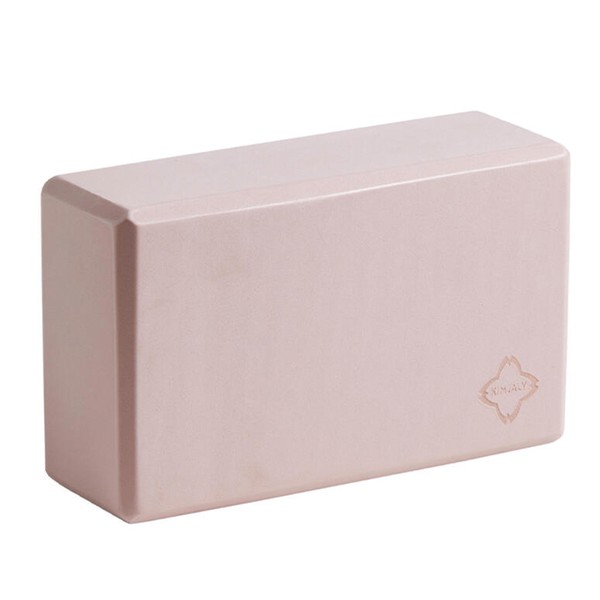
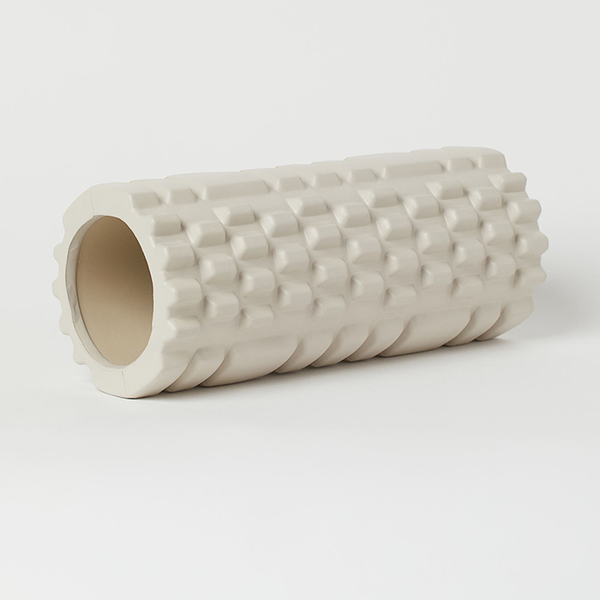

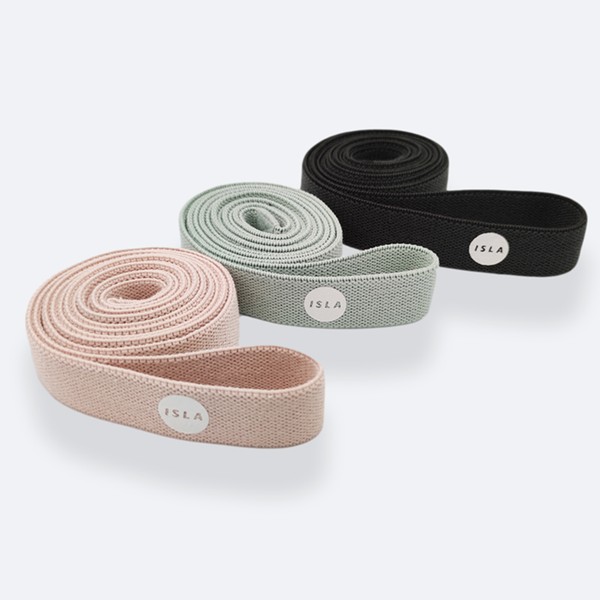
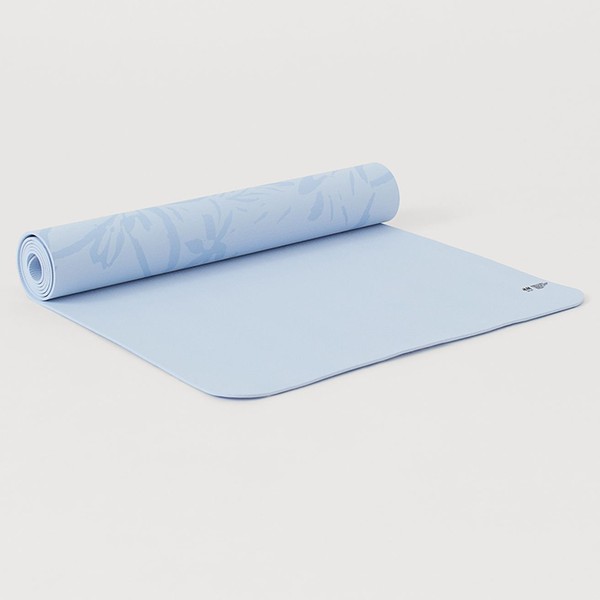
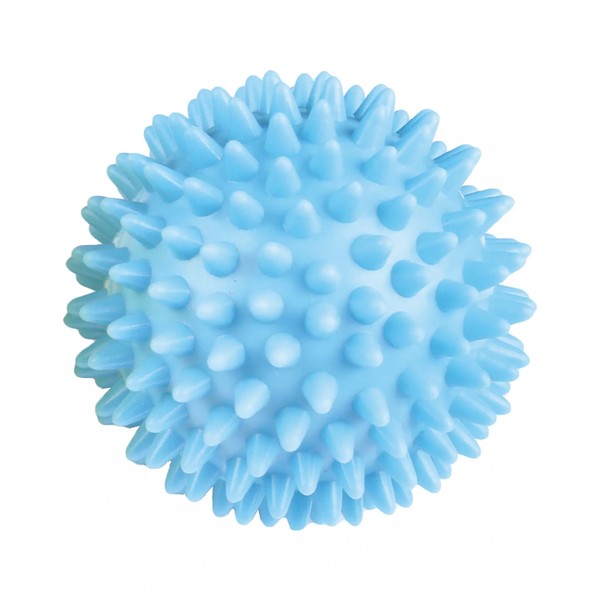
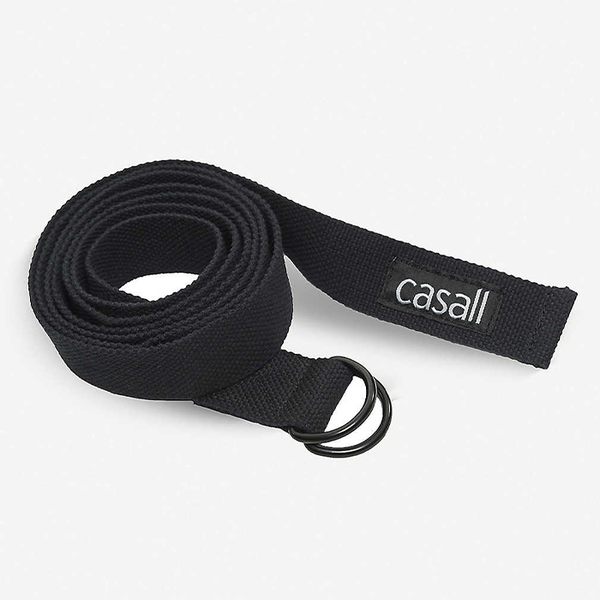
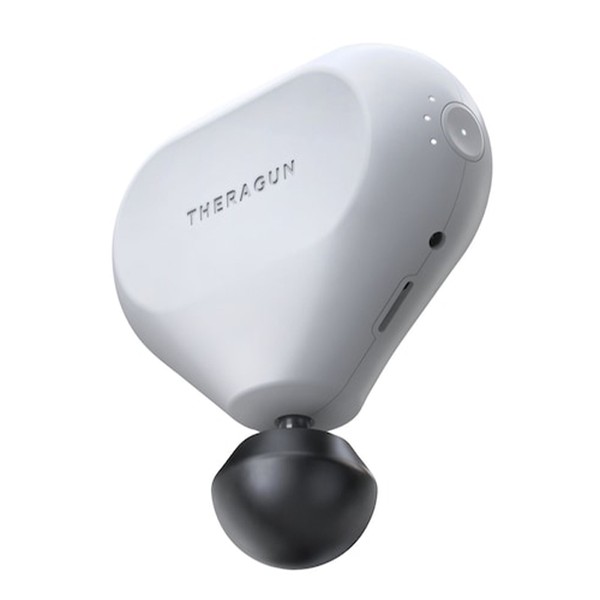
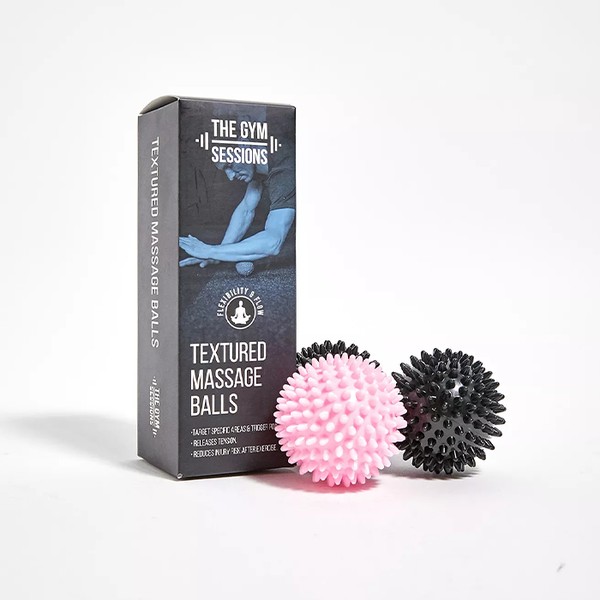
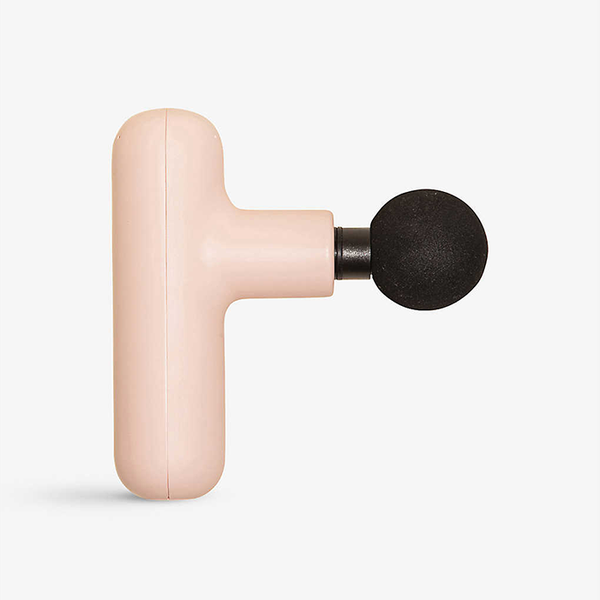
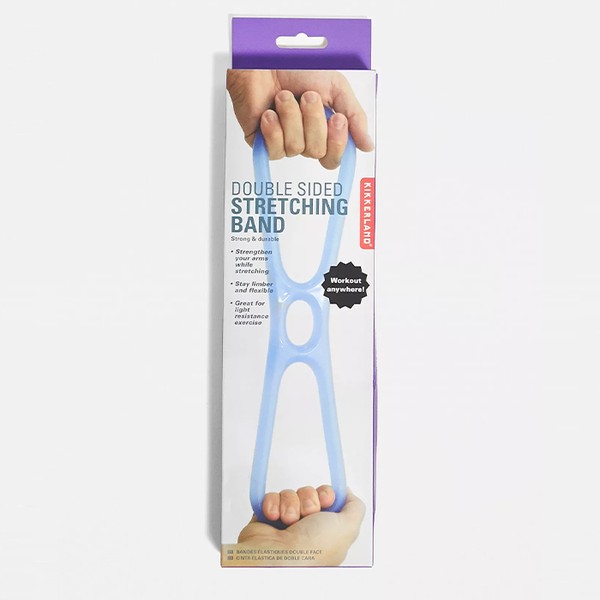
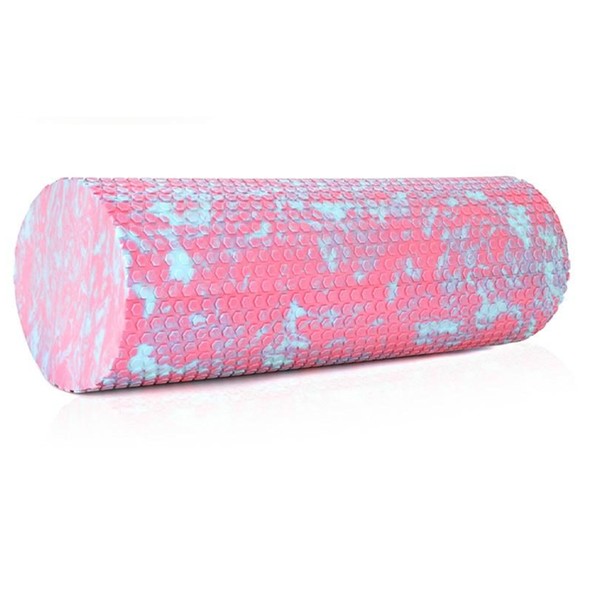
DISCLAIMER: Features published by SheerLuxe are not intended to treat, diagnose, cure or prevent any disease. Always seek the advice of your GP or another qualified healthcare provider for any questions you have regarding a medical condition, and before undertaking any diet, exercise or other health-related programme.
DISCLAIMER: We endeavour to always credit the correct original source of every image we use. If you think a credit may be incorrect, please contact us at info@sheerluxe.com.

